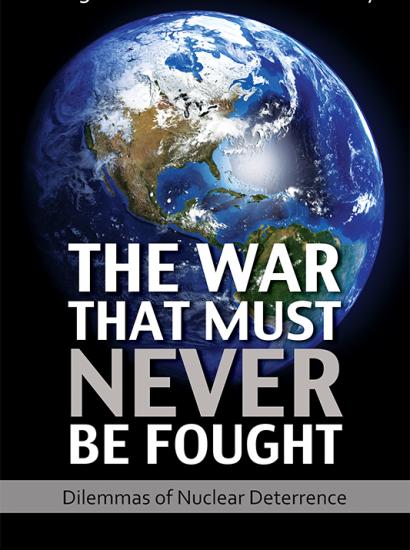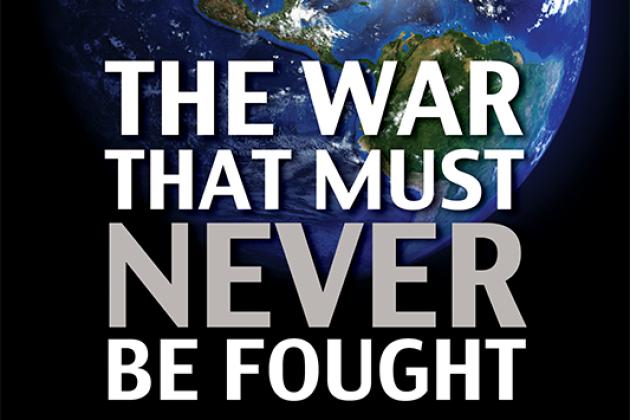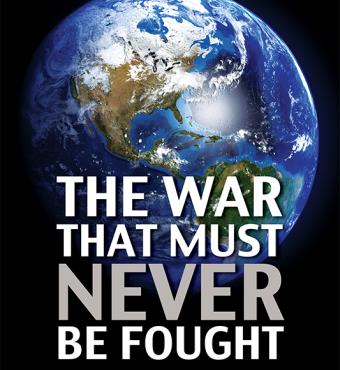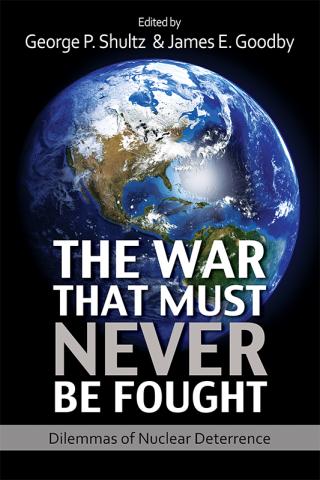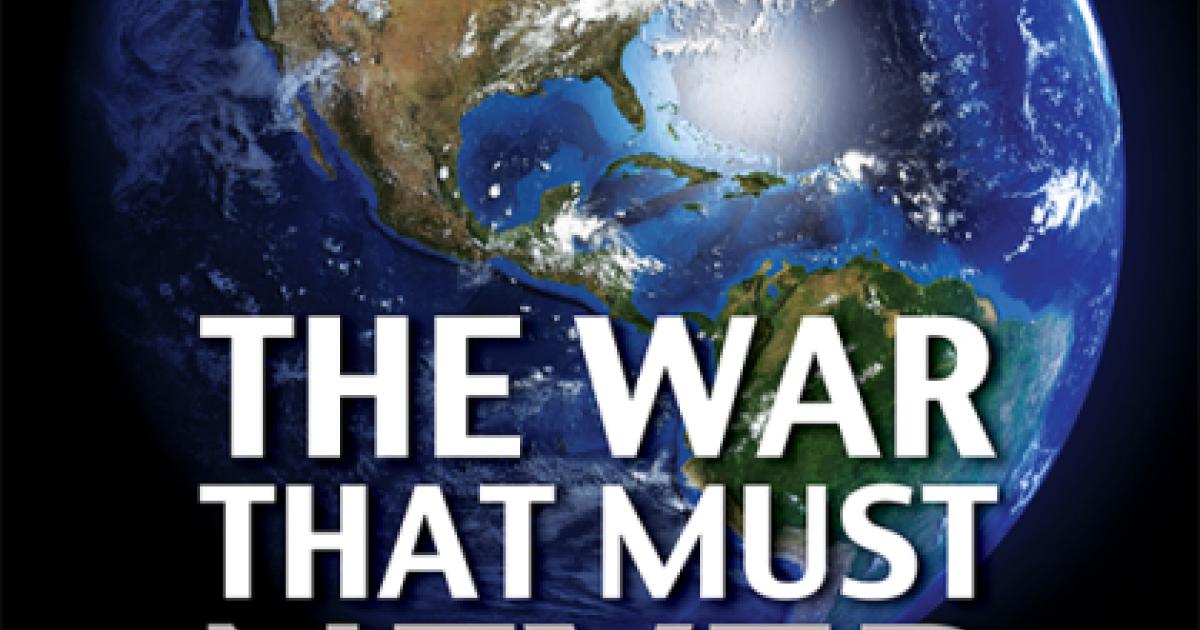Chapters 4, 5, and 6 review current nuclear issues in the Euro-Atlantic region. This is where the most intense and dangerous East-West confrontations of the Cold War were centered and the legacy of that era still influences thinking. Chapter 4 describes the ongoing debates within the North Atlantic Alliance about the role that nuclear weapons should play in NATO's deterrence strategy and the possibilities for arms control negotiations with Russia. A decision within NATO to restructure its nuclear deterrent, the authors suggest, could lead to an intra-Alliance project of considerable importance to NATO's security and solidarity. They emphasize that competition for scarce resources between conventional weapons and extended nuclear deterrence requires the NATO countries to make difficult choices in the near future.
Chapter 5 portrays the strategic scene as it appears to defense planners and decision makers in Moscow. From their perspective, the author points out, nuclear weapons are an essential component of Russian defenses and little movement in nuclear arms control can be expected under present circumstances. However, there are possible openings for engaging Russia in cooperative security measures, the author suggests, in a new multilateral mechanism or "joint enterprise" for containing nuclear dangers.
Chapter 6 is a comparative analysis of German and Polish thinking about managing nuclear issues. The two countries have viewed security negotiations with Russia through different lenses, but the authors find important areas of consensus. They suggest promising ways to create a cooperative security regime in Europe.
The War That Must Never Be Fought: Dilemmas in Nuclear Deterrence - Chapters 4–6, Edited by George P. Shult... by Hoover Institution








